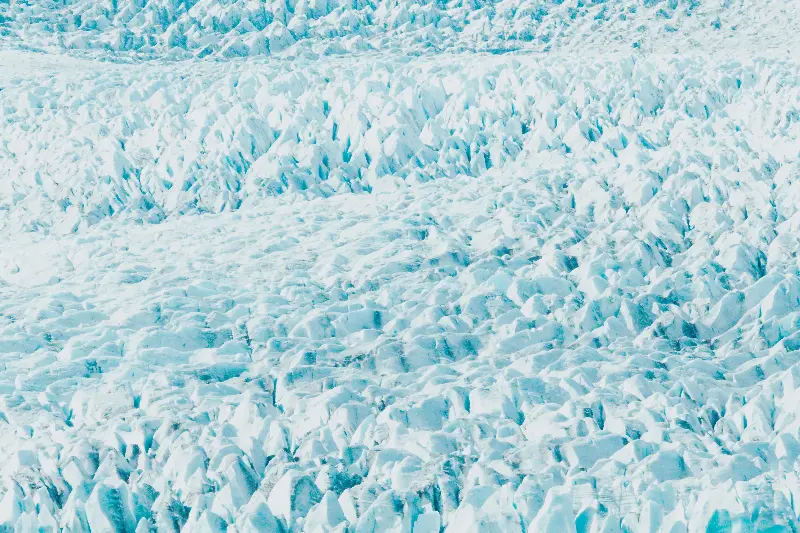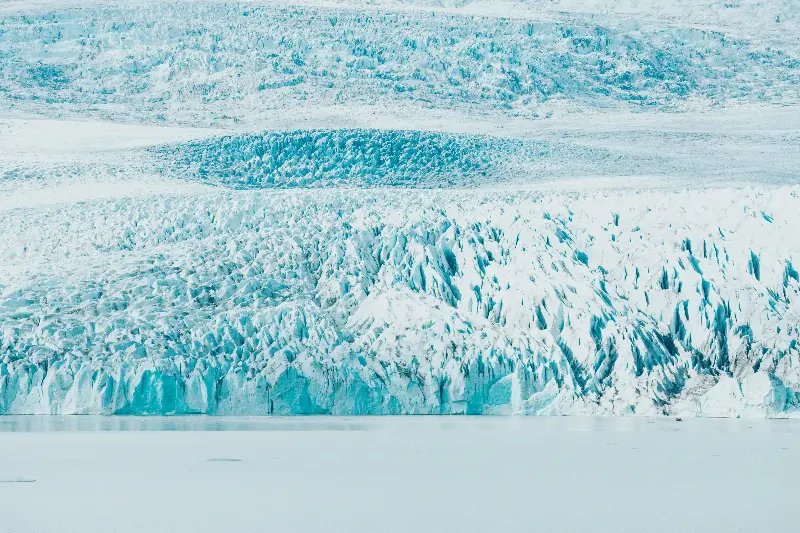
When the world speaks of mighty forces shaping our planet, most minds journey to erupting volcanoes or cataclysmic earthquakes. Yet, one of nature’s most stunning architects is silent, gradual, and often unseen—glaciation. Ice, in its slow, determined crawl, has carved out the dramatic peaks and sweeping valleys we marvel at today.
The Ancient Dance of Ice and Earth
Long before humans set foot on the world stage, glaciers had already begun their monumental work. During the Ice Ages, immense ice sheets, sometimes kilometres thick, stretched across continents. These frozen giants didn’t just sit idle—they moved, ever so slowly, under their own colossal weight.
This movement acted like nature’s bulldozer. Glaciers ground up bedrock, swept aside soil, and sculpted deep valleys. Some of Earth’s most iconic landscapes—the Norwegian fjords, the U-shaped valleys of the Lake District, or the breathtaking Alps—owe their existence to the ancient rhythm of advancing and retreating ice.
How Glaciation Sculpts and Shapes
Curious about how something as soft as snow transforms into something as powerful as a glacier? Here’s a brief breakdown:
- Accumulation: Snow falls and compresses year after year, squeezing out air, and turning into dense glacial ice.
- Movement: Gravity pulls this massive body slowly downhill, often at just a few centimetres a day, grinding against the earth beneath.
- Erosion & Deposition: As glaciers move, they erode rock through processes like plucking (lifting pieces of rock) and abrasion (sanding against the bedrock). Eventually, they deposit all this material, known as glacial till, shaping new landforms.
This icy force can:
- Carve valleys into classic “U” shapes, distinguishing them from the “V” shapes typical of river valleys.
- Create cirques, arêtes, and horns—jagged mountain features that test the mettle of climbers.
- Leave behind moraines, those dramatic ridges of debris you might hike across unknowingly.

Hidden Treasures and Living Relics
Glaciation hasn’t just shaped land—it has hidden clues to our planet’s climate history. Inside glaciers, scientists extract ice cores that “trap” bubbles of ancient air. Analysing these tiny snapshots allows us to peer into Earth’s past, understanding periods of warmth and icy chill, and how life adapted.
Even today, glaciers act as water towers for millions. They slowly release meltwater, feeding rivers that sustain agriculture, wildlife, and cities far downstream. The mighty Ganges, Indus, and Yangtze Rivers all trace their origins to these frozen reservoirs.
When Glaciation Rules: Modern Insights
With climate change in the spotlight, glaciation feels more relevant than ever. Modern glaciers are retreating—some at alarming rates. This not only alters landscapes but also threatens water supplies and exposes new terrain filled with unique minerals and ecosystems.
Consider these intriguing facts:
- The Greenland Ice Sheet is so heavy, it depresses the land beneath by hundreds of metres.
- Glacial isostatic rebound—the slow “springing back” of land—continues in regions like Scandinavia, where glaciers melted thousands of years ago.
- In some places, retreating glaciers have revealed ancient forests perfectly preserved in ice, and even artefacts from lost civilisations.
As we witness glaciers shrinking, the story of ice isn’t just history—it’s unfolding in real-time, inviting us to ask: What will our landscapes look like in centuries to come?
Our planet’s icy architects have shaped, and continue to sculpt, the very world beneath our feet. Next time you gaze at a mountain or wander a broad, lush valley, imagine the silent, persistent glacier that once reigned there. What secrets are still locked in the cold heart of the ice, and how will our actions rewrite the story of the world’s most patient sculptor?
